Astronomy
-
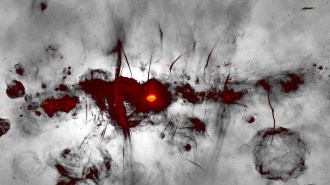 Space
SpaceThe heart of the Milky Way looks like contemporary art in this new radio image
The MeerKAT telescope array in South Africa provided this image of radio emissions from the center of our galaxy using data taken over three years.
-
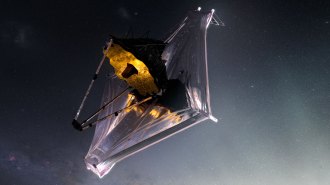 Astronomy
AstronomyThe James Webb Space Telescope has reached its new home at last
The most powerful telescope ever launched still has a long to-do list before it can start doing science.
-
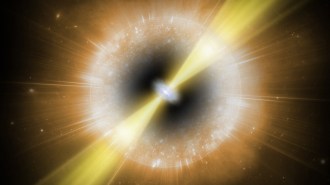 Astronomy
AstronomyAn X-ray glow suggests black holes or neutron stars fuel weird cosmic ‘cows’
With the brightest X-ray glow of a new class of exploding stars, cosmic oddity AT2020mrf boosts evidence of these mysterious blasts’ power source.
By Liz Kruesi -
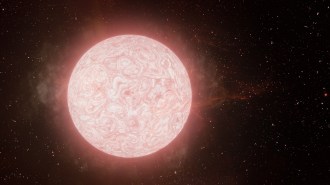 Astronomy
AstronomyAn early outburst portends a star’s imminent death
An eruption before a stellar explosion was the first early warning sign for a standard type of supernova.
-
 Astronomy
AstronomyAstronomers identified a second possible exomoon
Kepler 1708 b i, a newly discovered candidate for an exoplanet moon, has a radius about 2.6 times that of Earth, a new study suggests.
By Sid Perkins -
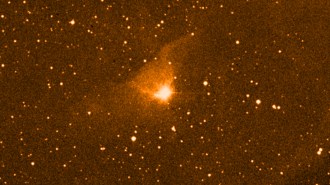 Astronomy
AstronomyTwo stars’ close encounter may explain a cosmic flare that has barely faded
A brilliant outburst of light that has lasted nearly a century arose when two young stars skirted past each other, simulations suggest.
By Ken Croswell -
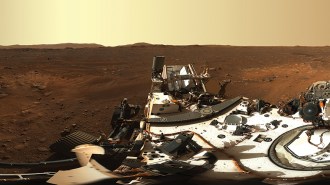 Space
SpaceSpacecraft in 2021 set their sights on Mars, asteroids and beyond
This year, a bevy of new missions got under way on Mars and spacecraft prepared to visit asteroids.
-
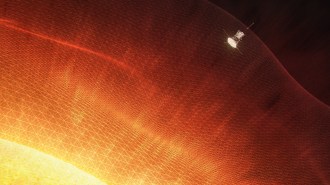 Astronomy
AstronomyThe Parker Solar Probe is the first spacecraft to visit the sun’s atmosphere
NASA’s Parker Solar Probe crossed a boundary between the sun’s atmosphere and interplanetary space that has been predicted for decades but never observed.
-
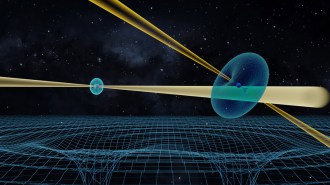 Astronomy
AstronomyThe only known pulsar duo sheds new light on general relativity and more
Einstein was right, among other insights gleaned from watching a one-of-a-kind system of two pulsating dead stars for 16 years.
-
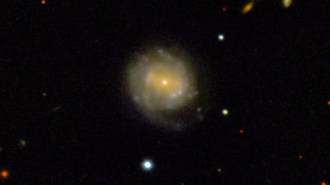 Astronomy
AstronomyThe cosmic ‘Cow’ may have produced a new neutron star or black hole
A bright, mysterious blast of extragalactic light appears to have spawned a small, compact object.
-
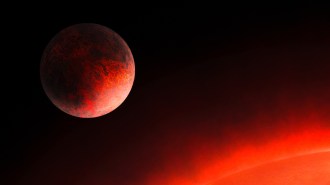 Planetary Science
Planetary ScienceThis tiny, sizzling exoplanet could be made of molten iron
A newly discovered exoplanet that whips around its star in less than eight hours is smaller than Earth, as dense as iron and hot enough to melt.
-
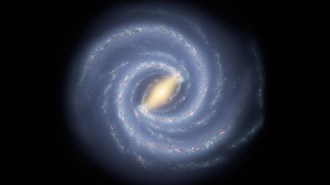 Astronomy
AstronomyAstronomers have found the Milky Way’s first known ‘feather’
Named for the glacier that feeds India’s longest river, the Gangotri wave spans up to 13,000 light-years and bridges two of our galaxy’s spiral arms.